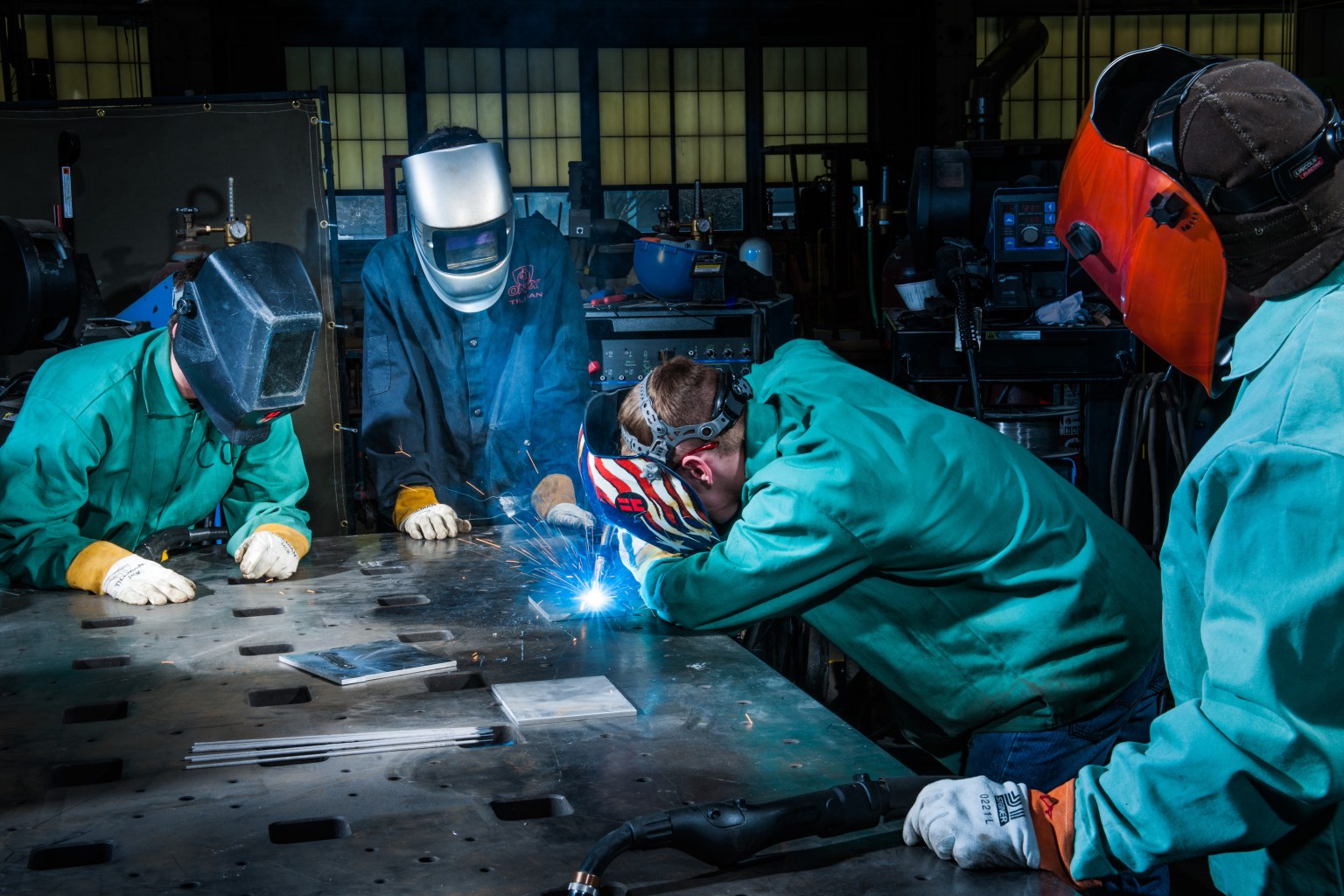
Space To Learn
We are engaging students in NASA’s exciting missions, broad range of careers, and unique learning opportunities.
find your place in space
We Prepare Students for Tomorrow’s Workforce
NASA seeks to build the next generation STEM workforce by broadening pathways to STEM fields.
The agency’s investments provide students with knowledge and skills fundamental to future technological and scientific advancements.
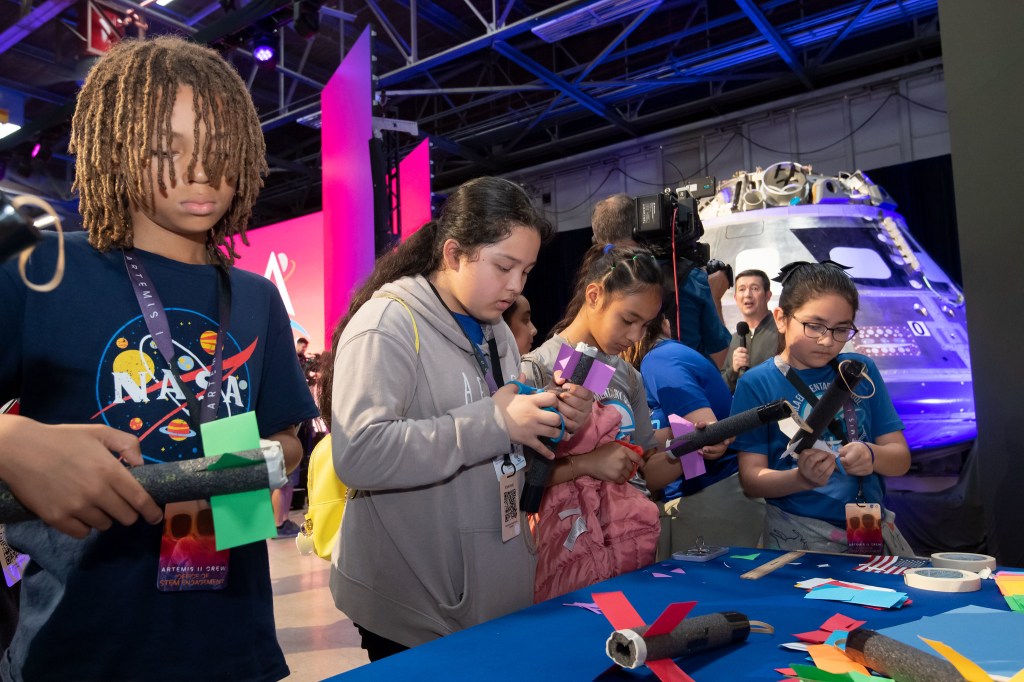
We Connect Students to NASA’s Missions
NASA offers a wide array of unique experiences designed to engage K-12 students nationwide in the agency’s missions, people, and resources.
Adults such as parents, caregivers, educational leaders, and mentors play a significant role in connecting the Artemis Generation to NASA and its missions. NASA STEM Engagement invests in a diverse portfolio of learning opportunities and activities designed to reach as many U.S. students as possible.
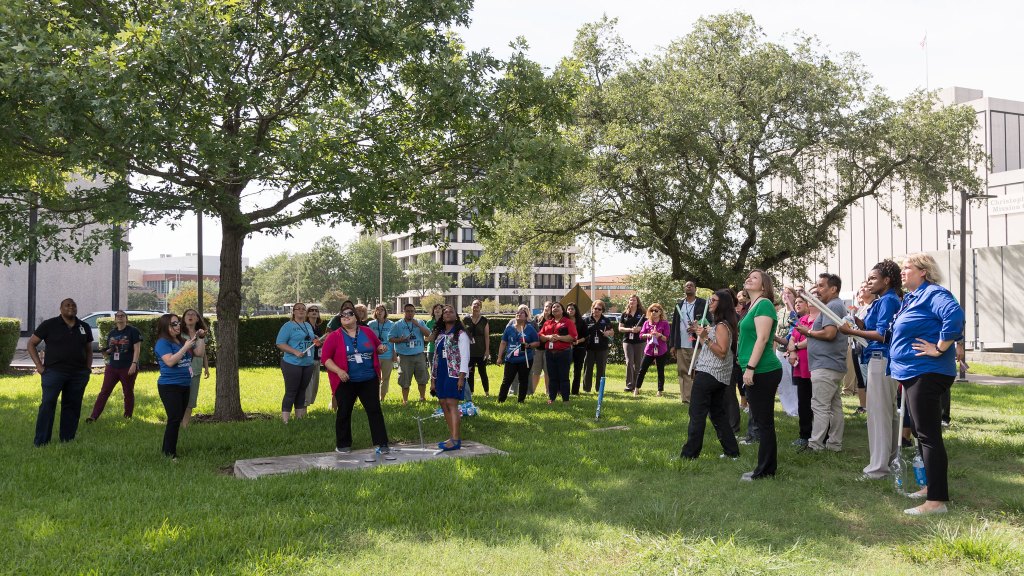
Colleges, Universities, Technical and Vocational Institutions
NASA leverages its unique missions and programs to enhance and increase the capability and size of the nation’s future STEM workforce.
NASA has a portfolio of activities and opportunities dedicated to attracting and engaging students in all institutional categories and levels across the nation. These range from internships and fellowships, research and development opportunities, challenges and competitions, pre-college and college STEM experiences, virtual learning, faculty support, as well as institutional support.
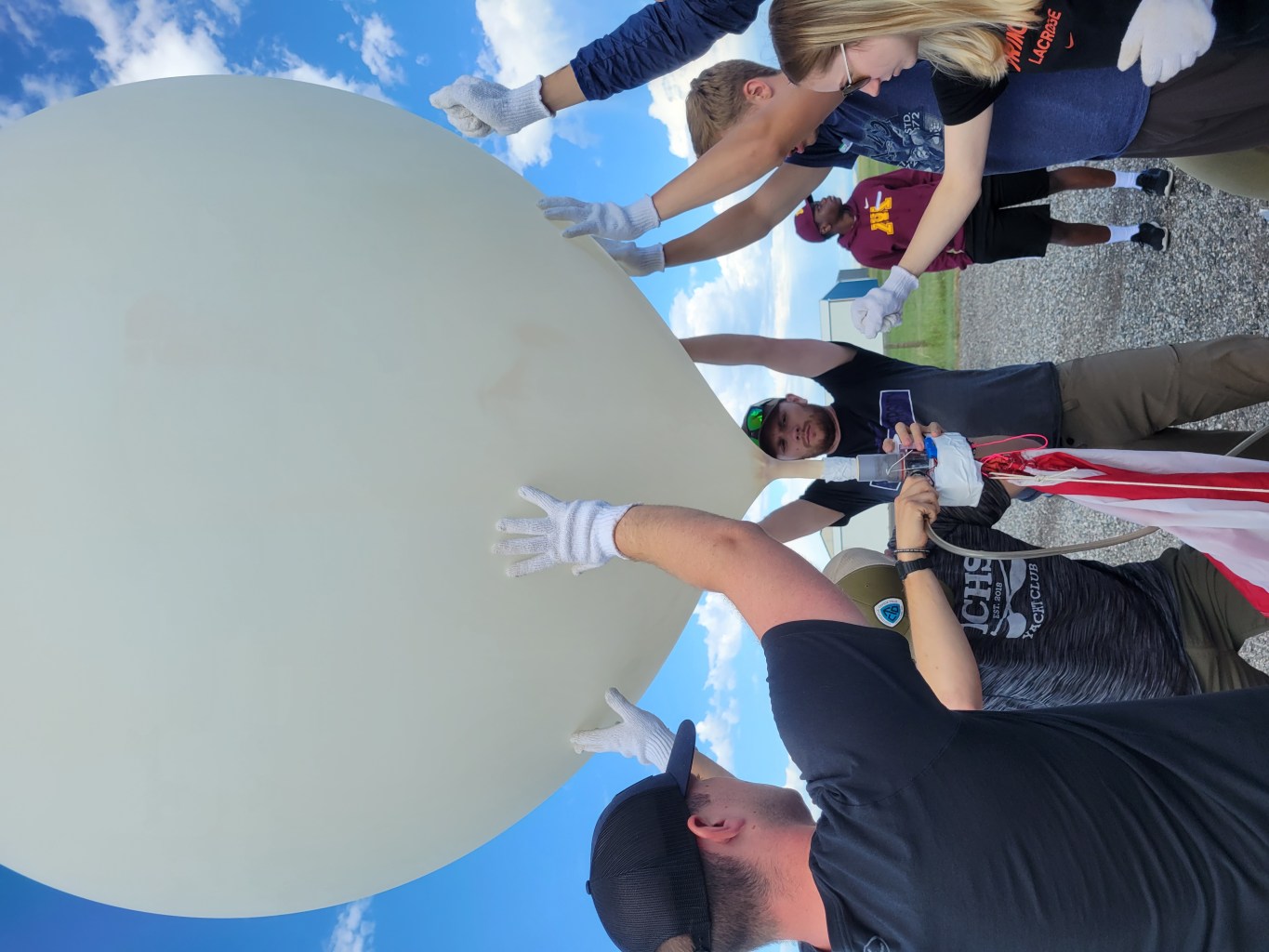
Act Now
Launch Your Name Around Moon in 2026 on NASA’s Artemis II Mission
The collected names will be put on an SD card loaded aboard Orion before launch.
NASA is inviting the public to join the agency’s Artemis II test flight as four astronauts venture around the Moon and back to test systems and hardware needed for deep space exploration. As part of the agency’s “Send Your Name with Artemis II” effort, anyone can claim their spot by signing up before Jan. 21. Participants can download a boarding pass with their name on it as a collectable.
Send Your Name Around the Moon about Launch Your Name Around Moon in 2026 on NASA’s Artemis II Mission
Latest STEM News and Features
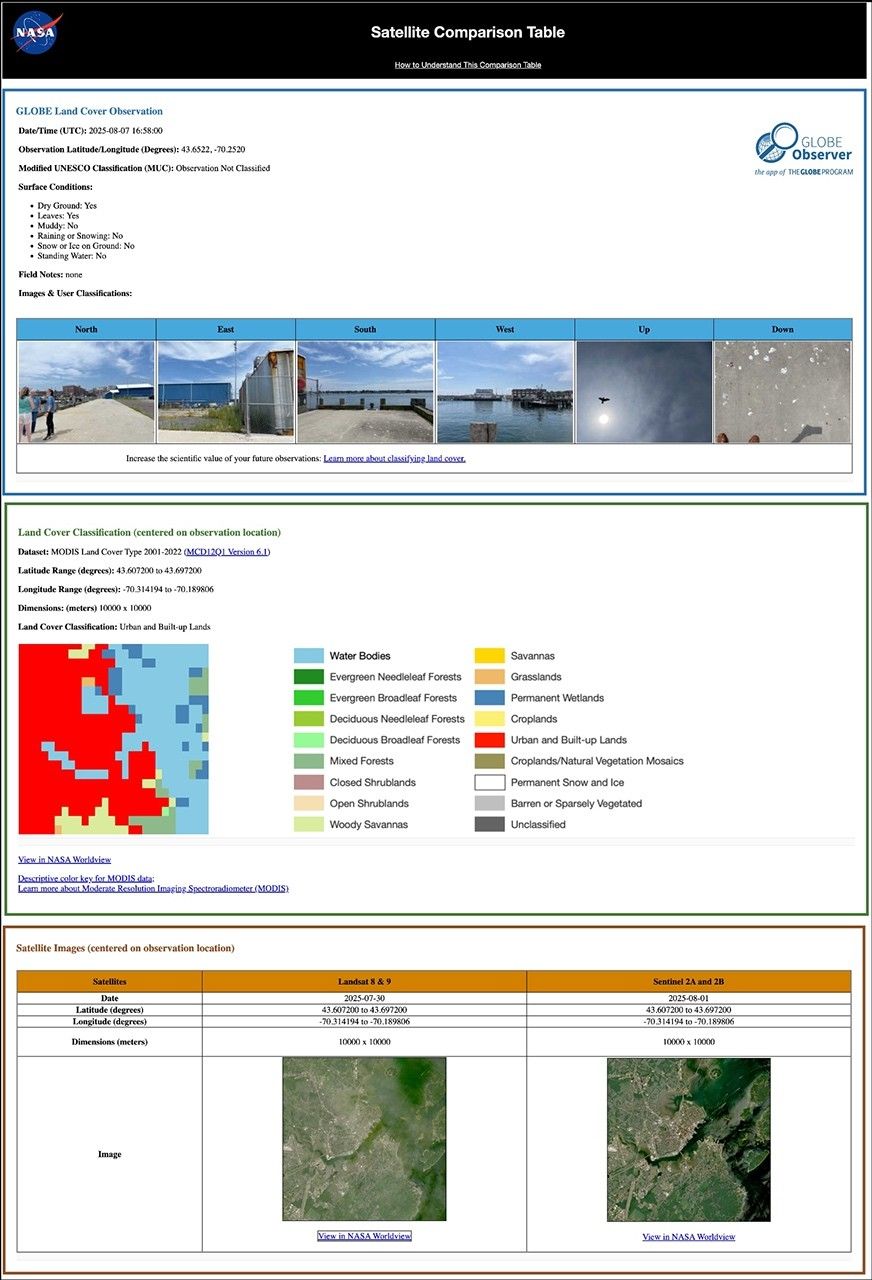
NASA & GLOBE Connect People, Land, and Space
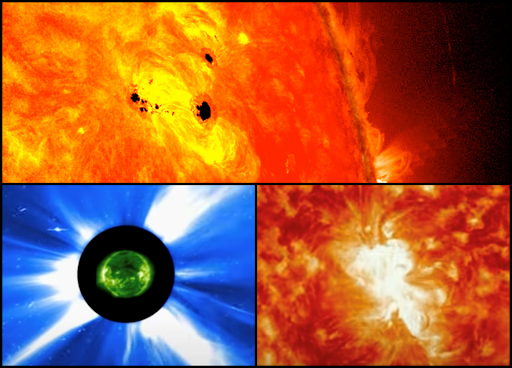
New NASA HEAT and My NASA Data Resources Bring Space Weather Science…
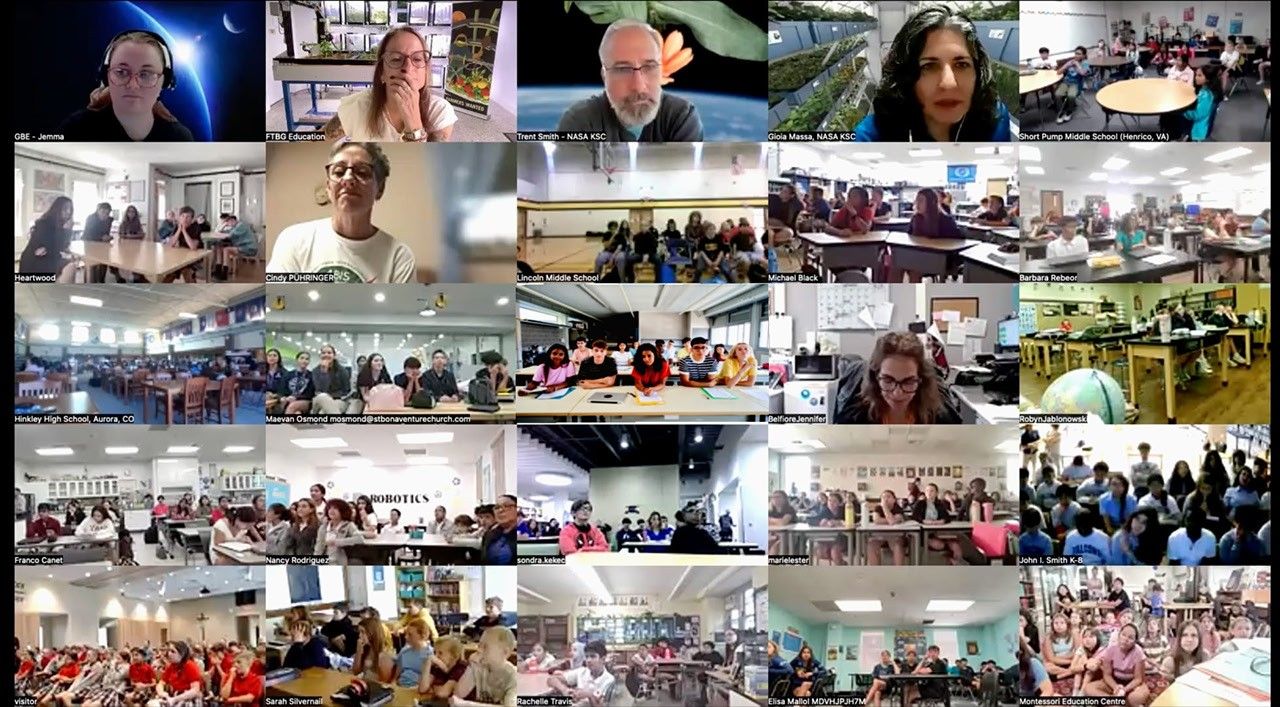
10 Years of Students Helping NASA Grow Space Food with Growing Beyond…

NASA Fuels Discovery from Earth to Sky: One Crayon at a Time
In-Flight STEM Downlinks
Connect students with astronauts aboard the space station for a live question-and-answer session about living and working in space.
Learn More about In-Flight STEM Downlinks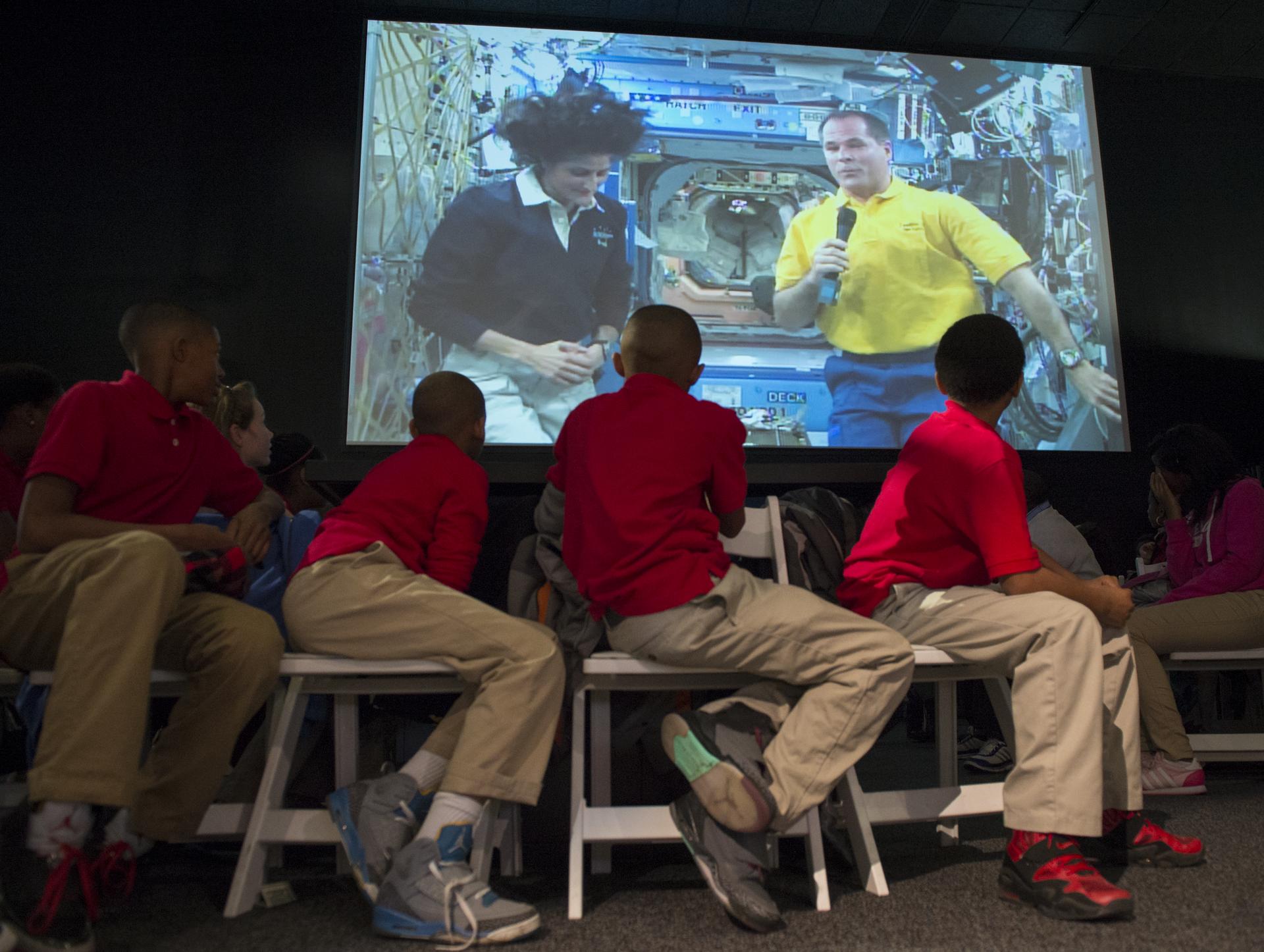
Dive Into NASA STEM
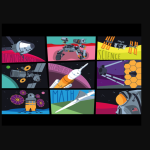
Sign-up for the NASA EXPRESS Newsletter
Keep up with the latest NASA STEM happenings by subscribing to the NASA EXPRESS newsletter. Find crafting ideas, science experiments with household items and videos to watch as a family. Updates on workshops, internships, contests and student challenges are also included.
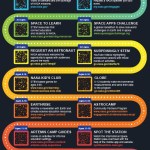
Explore Resources for International Audiences
NASA fosters international collaboration to support joint missions and research efforts, while also offering engaging STEM activities—such as challenges and online resources—available globally within the existing framework of the STEM Engagement program.




























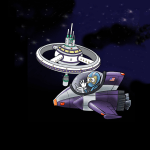
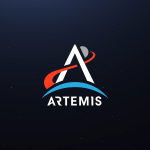
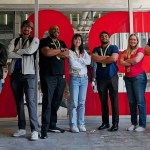
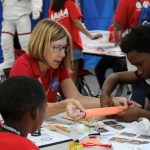
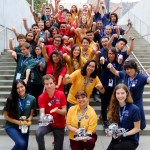


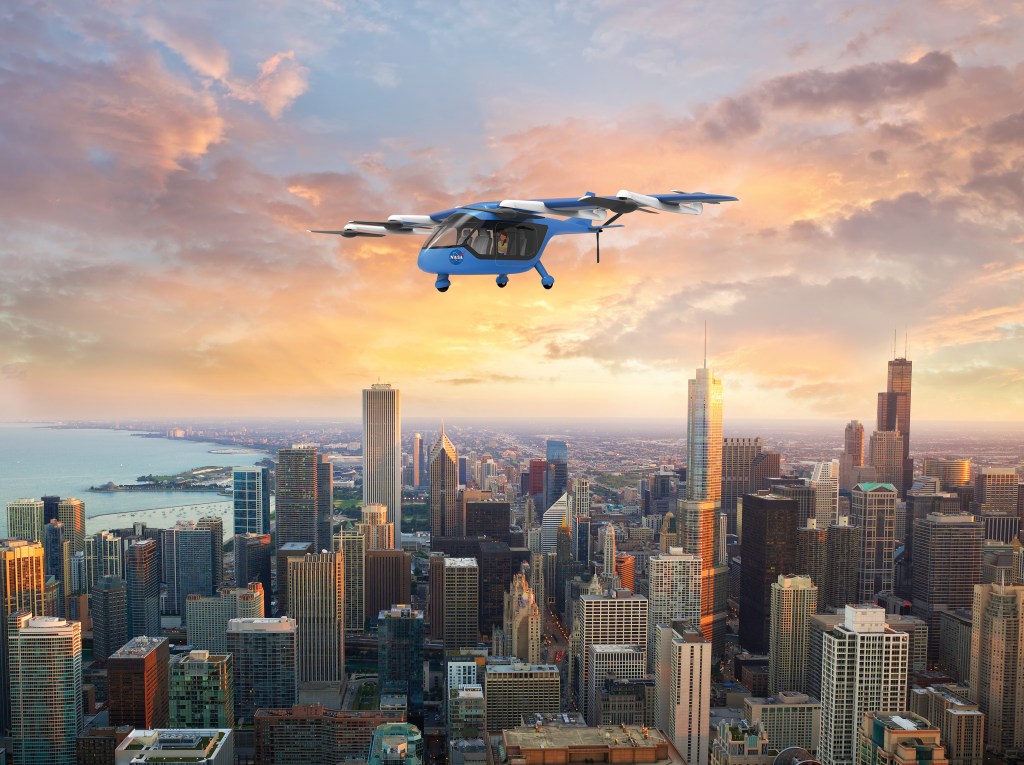
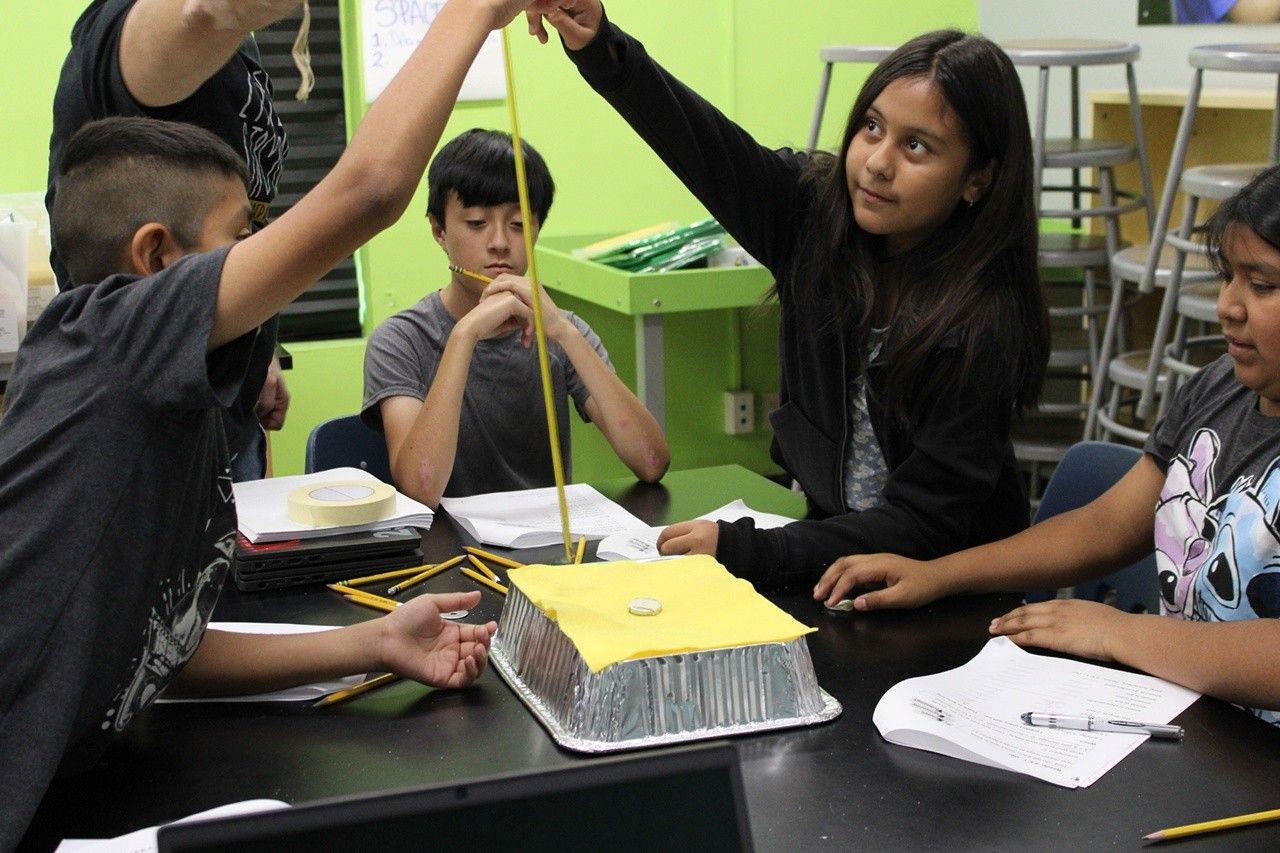
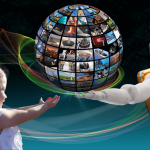

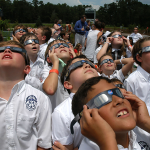

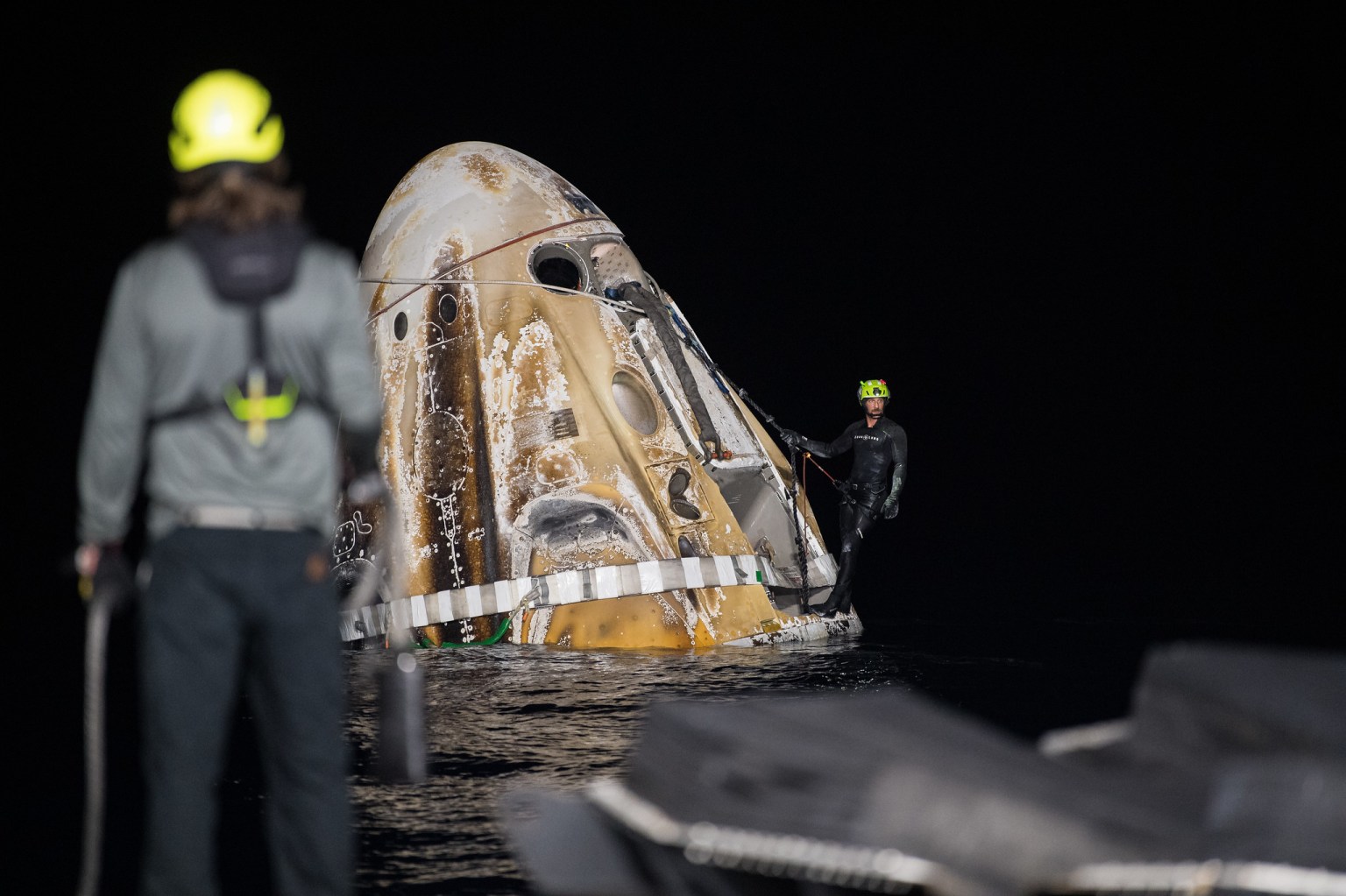
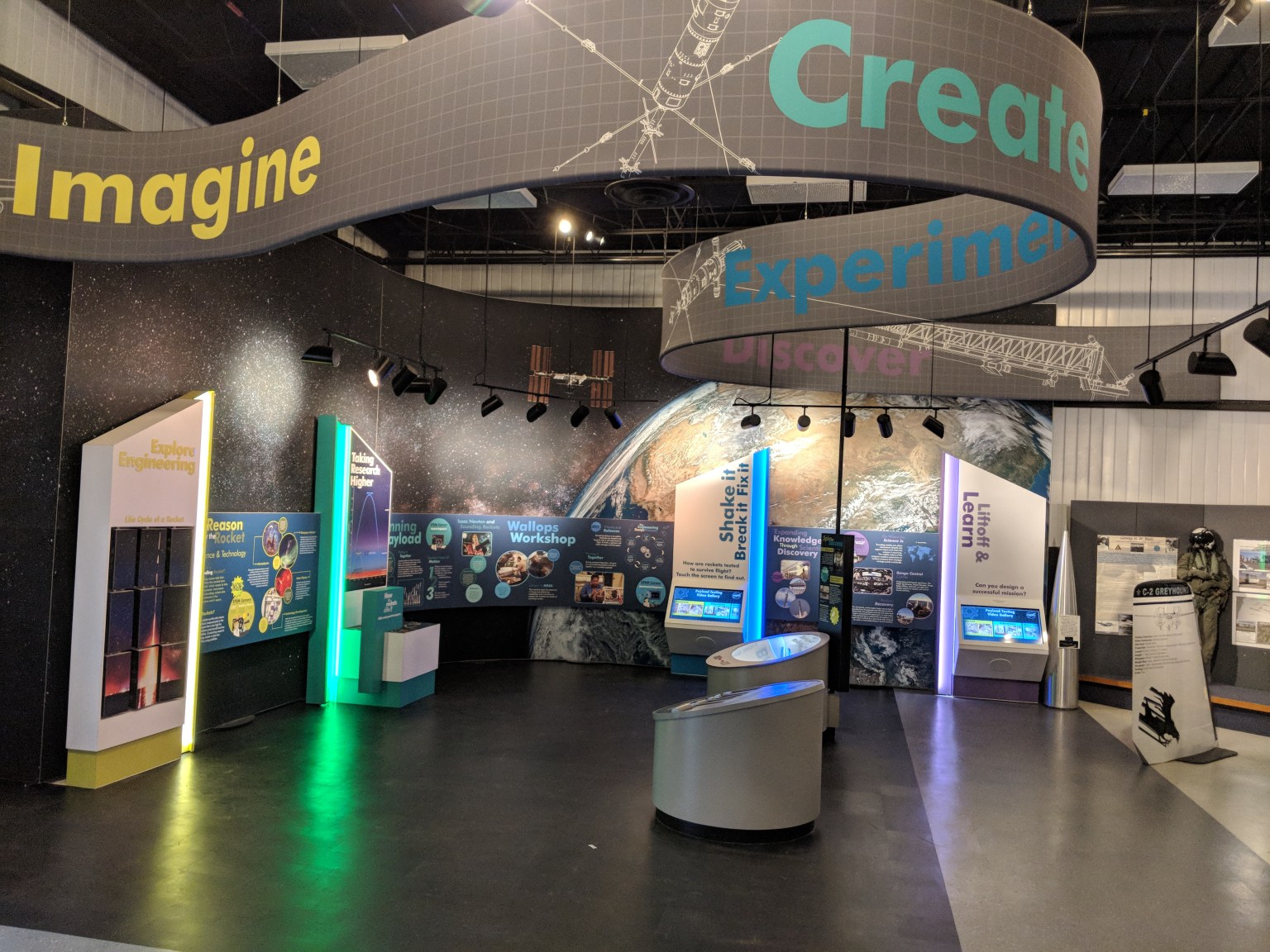
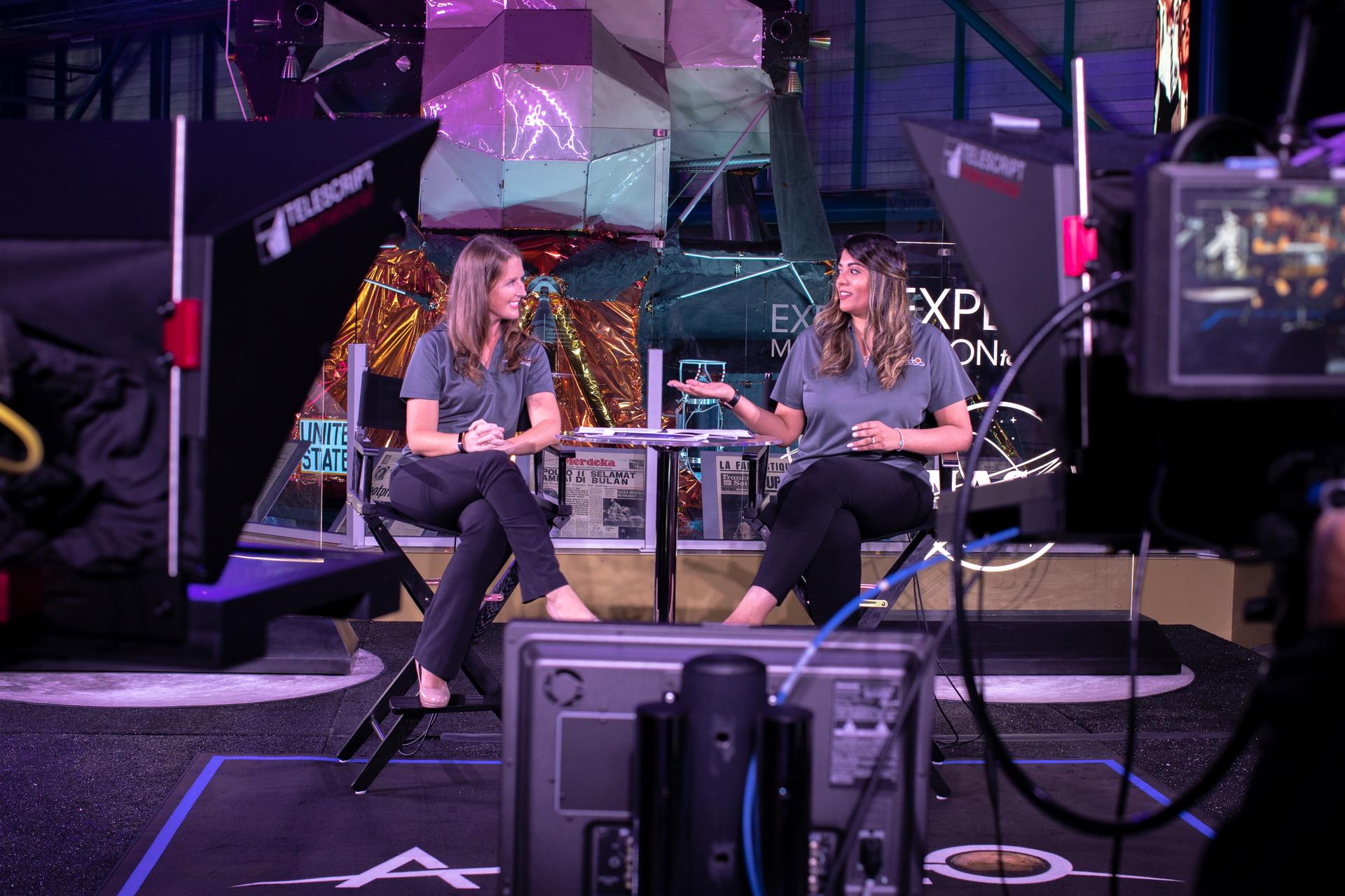

get social with nasa stem engagement
NASA Kahoot!
Learn With NASA YouTube
Learn With NASA Pinterest
Learn With NASA X
Learn With NASA Facebook